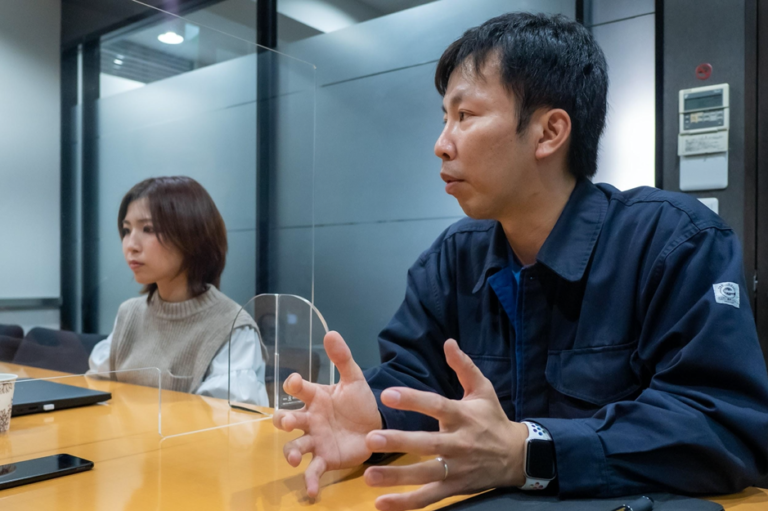Virtual tours have become an increasingly popular and effective way for businesses and locations to showcase their offerings and engage with their audience. Whether you're a real estate agent, a hospitality business, or a tourist attraction, creating a compelling virtual tour can significantly enhance your online presence and attract potential customers. In this article, we will explore the best practices for creating a virtual tour, supported by data-backed insights, to help you optimize your virtual tour creation process.
1. Plan and Prepare
Before diving into the virtual tour creation process, careful planning and preparation are key to ensure a successful outcome. Start by defining the purpose and goals of your virtual tour. Are you aiming to highlight specific features, convey a certain ambiance, or provide a comprehensive overview of the space? Understanding your objectives will guide the entire creation process.
Additionally, take the time to prepare the location or business space. Clean and declutter the area, paying attention to details that might appear in the virtual tour. This preparation stage sets the foundation for a visually appealing and professional virtual tour.
2. Choose the Right Equipment and Software
Investing in high-quality equipment and software is crucial for capturing stunning visuals and creating a seamless virtual tour experience. When it comes to equipment, consider using a DSLR or mirrorless camera with a wide-angle lens to capture a broader perspective. Additionally, explore specialized 360-degree cameras that capture the entire environment in a single shot.
For software, there are numerous options available, ranging from user-friendly tools for beginners to advanced platforms for professionals. Some popular choices include Matterport, Kuula, and 3DVista. Research and select a software that aligns with your technical capabilities and desired features.
3. Pay Attention to Lighting and Composition

Proper lighting and composition play a vital role in creating captivating virtual tours. Ensure that the space is well-lit, both naturally and artificially, to showcase its best features. Experiment with different lighting setups and techniques to achieve the desired ambiance.
When it comes to composition, consider the placement of objects and elements within the space. Aim for balanced and visually pleasing compositions that guide viewers through the tour smoothly. Take advantage of leading lines, symmetry, and focal points to create a visually engaging experience.
4. Capture Comprehensive and Relevant Content
To provide viewers with an immersive and informative experience, capture comprehensive and relevant content during the virtual tour. Include multiple viewpoints, showcasing different angles and perspectives of the space. This allows viewers to explore and understand the location thoroughly.
Additionally, focus on highlighting the unique and noteworthy aspects of the business or location. Whether it's architectural details, amenities, or key selling points, ensure that they are prominently featured in the virtual tour. Data from studies conducted by Redfin and Matterport indicates that comprehensive virtual tours with detailed content lead to increased engagement and higher conversion rates.
5. Optimize Loading Speed and Mobile Responsiveness

In today's fast-paced digital landscape, optimizing the loading speed of your virtual tour is essential. Data shows that users have little patience for slow-loading websites or tours. Compress image files, optimize video content, and leverage caching techniques to improve loading times.
Moreover, ensure that your virtual tour is mobile-friendly and responsive. With the increasing use of mobile devices, it's crucial to provide a seamless experience across different screen sizes. Responsive design allows viewers to explore the virtual tour comfortably on their smartphones or tablets, maximizing accessibility and engagement.
Creating a compelling virtual tour for your business or location can significantly impact your online presence and customer engagement. By following these best practices, backed by data-driven insights, you can optimize your virtual tour creation process and deliver an immersive and informative experience to your audience. From careful planning and preparation to capturing comprehensive content and optimizing




.jpg)


.svg)




